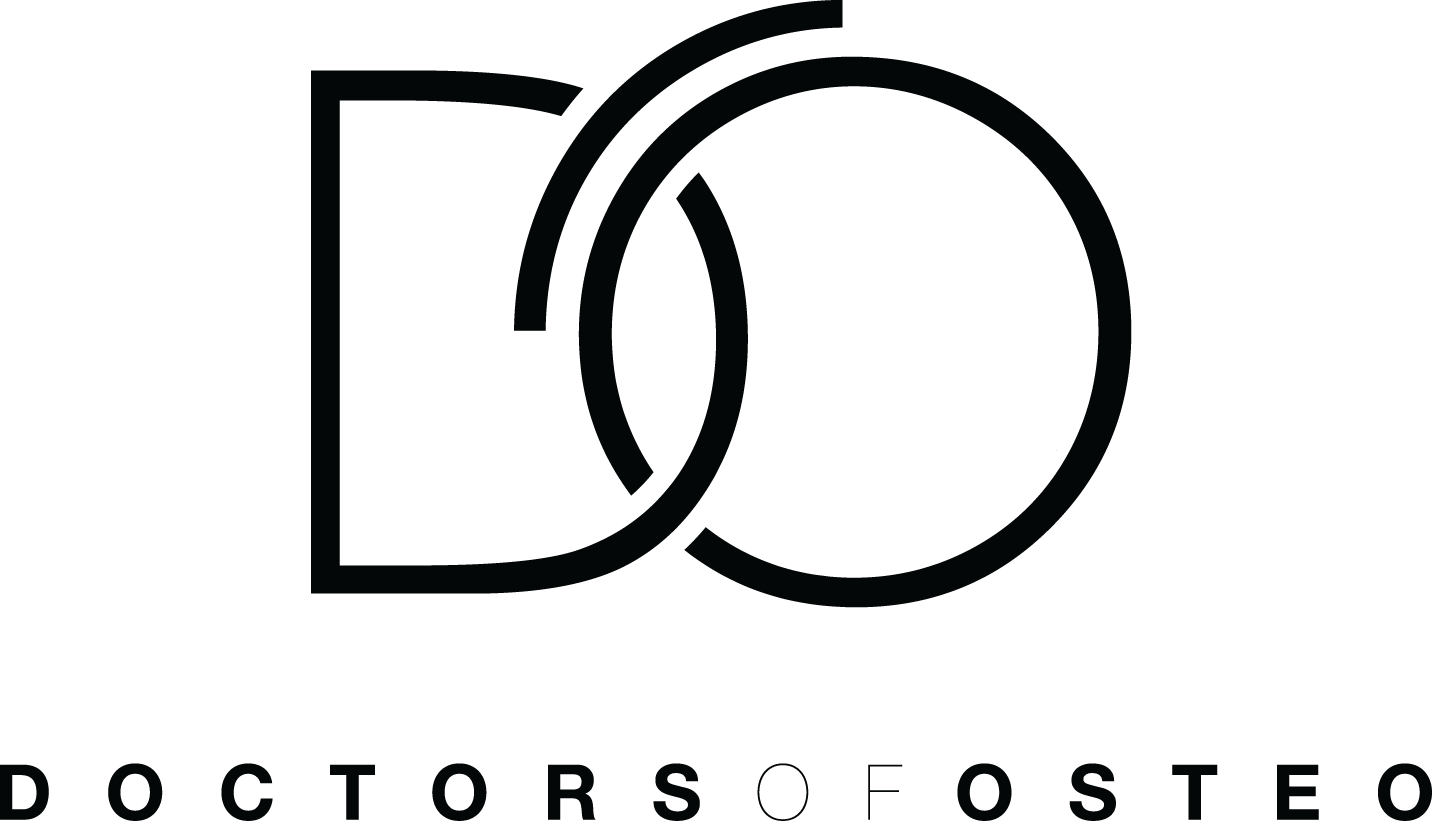De Quervain’s Tenosynovitis (Thumb Pain when gripping)
What is De Quervain’s Tenosynovitis?
De Quervain’s tenosynovitis - more commonly known as thumb pain when gripping - is a painful irritation and inflammation of the tendons of the thumb that sit on the side of the wrist. These tendons run under a thick fibrous layer called the extensor retinaculum (see below). The continual rubbing of the tendons against the extensor retinaculum, due to overuse, can cause inflammation and swelling in that area.
Symptoms of De Quervain’s Tenosynovitis?
Pain over the thumb side of the wrist, worsening with the use of the hand and thumb
Swelling at the site of pain
Snapping when the thumb is moved
Reduced thumb movement
What causes De Quervain’s Tenosynovitis?
Frequently, the cause for inflammation is unknown in this condition. However, it is often attributed to repetitive overuse or trauma of the wrist. Any activity that involves repetitive hand or wrist movement (e.g. computer/ admin work, gardening, playing golf or racquet sports, lifting, and bottle feeding children) can worsen the condition. De Quervain’s tenosynovitis occurs most often in individuals between 30 and 50 years of age and is 10 times more common in women than men.
What should you avoid doing if you have De Quervain’s Tenosynvitis?
The best treatment for De Quervain’s Tenosynovitis is to avoid repetitive thumb and wrist movements. Pinching movements such as removing bottle caps or performing a lot of handwriting have also been known to aggravate the condition. The initial activity that aggravated the wrist (e.g. computer/ admin work, gardening, playing golf or racquet sports, lifting and bottle feeding children) should be avoided until the inflammation goes down.
What is the treatment for De Quervain’s Tenosynovitis?
The goal in treating de Quervain’s tenosynovitis is to relieve the thumb pain caused by irritation and swelling.
What can I do at home to treat De Quervain’s Tenosynovitis?
Home management- De Quervain’s is often successfully treated with conservative methods:
Rest: Avoiding the aggravating factors, to the best of your ability, will allow time for the inflammation to clear.
Heat or Ice: Ice is ideal when the thumb/wrist is very painful and inflamed as it numbs the area and decreases circulation to prevent excessive swelling in the area. Heat is more appropriate in the later stages when there is less pain but more stiffness and muscle tightness. Heat is good at relaxing muscles and promoting blood flow to the area when the tissues are regenerating.
Splinting (Thumb Spica Splint): Immobilising the tendons in your thumb and wrist through the use of braces/ splints, will allow for the inflammation and swelling to clear. The most common splint is the thumb spica splint, which can be worn overnight and during workdays to encourage a neutral wrist position to avoid reaggravation.
Medication: Non-steroidal Antiinflammatories (NSAIDs) such as aspirin, ibuprofen and naproxen may reduce the inflammation in the area. (Always discuss medications with your general practitioner).
Steroid Injection: A steroid injection such as cortisone may be suggested by your doctor. This is usually performed if the condition is not responding to more conservative methods and before surgery is suggested. It has been found to work in reducing pain in 80% of the population that undergo cortisone injections.
Where to buy a thumb splint for De Quervain’s Tensynovitis?
Thermoskin Thumb Stabilisers
Amcal pharmacies
ThumSpica™ universal wrist/thumb support
ThumbSpica
Do I have to have surgery for De Quervain’s Tenosynovitis?
Surgery is most often recommended when more conservative methods and corticosteroid injections have failed. Your orthopaedic surgeon will assess the lining of your tendons and release part of the extensor retinaculum to allow for more space to reduce friction and for the tendons to glide freely.
Physical Therapy and Osteopathy for the treatment of De Quervain’s Tenosynovitis?
Your osteopath will assess how you use your wrist and help you identify the actions in your day-to-day life, which may be contributing to your condition.
This allows them to make suggestions on how to perform certain tasks as to not irritate the tendon further.
Specific soft tissue, joint manipulation and adjunct treatment techniques are just some of the modalities that can be implemented during your 45min appointment to promote tissue healing and fluid movement.
Exercises and stretches are always important to strengthen the supporting muscles and loosen the overactive structures. The Healthline website has some we recommend.
Doctors of Osteo have a team of qualified, caring osteopaths who can assist with your thumb pain. Click the button below to book an appointment.
Providing healthcare with our osteopaths near me in Hawthorn, Hawthorn East, Kew, Balwyn, Canterbury, Camberwell, Camberwell East, Richmond, Malvern and Glen Iris.




